So many of today’s popular movies began humbly on the printed page — not in novels, but in comic books. There’s a distinct appeal to the illustrated format’s ability to tell both large, complex stories without compromising the intimacy of the narrative. And capturing those moments requires a skilled illustrator. What it’s like to face the blank page every day?
Title image adapted from KennyK, 2 (Shutterstock)
To learn more about what the average career of a comic book illustrator is like, we spoke with Matt Haley. Matt’s been illustrating comics professionally for over twenty years with DC, Marvel and others, and told us about how he packed his life into a truck for a chance to get into comics.
Tell us a little about yourself and your experience.
I’m Matt Haley. I’ve been a full-time professional comic book illustrator since 1991. Right now, I’m illustrating Wonder Woman ’77 for DC Comics Digital. I’m probably known in comics circles for my work on Superman Returns, Tangent: Joker, Elseworld’s Finest: Supergirl and Batgirl, and numerous others for DC, Ghost for Dark Horse, and The Order for Marvel. In the last few years I’ve also been providing art direction and illustration on numerous media projects with comics icon Stan Lee, like Who Wants To Be A Superhero and Comic-Con Episode IV: A Fan’s Hope with Morgan Spurlock. I’m also the director of the viral internet hit Blackstar Warrior.
What drove you to choose your career path?
There was never a question — I grew up on Neal Adams’ Batman comics and Steve Ditko’s Shade The Changing Man, and announced to my folks at the tender age of four that I was “going to be a comic book artist”. So, I pretty much trained myself to do it by staying in my room and drawing all day, every day, often to the detriment of my homework!
How did you go about getting your job? What kind of education and experience did you need?
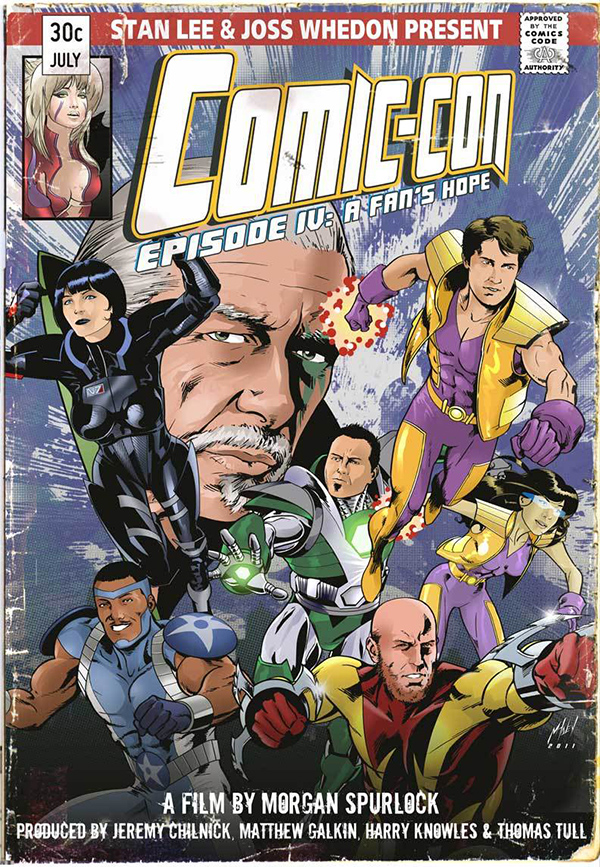
In 1990, I was in college in New Mexico and read a copy of the Comics’ Buyers Guide profiling the San Diego Comic-Con occurring that summer. It mentioned that editors from all the various comic companies would be there reviewing portfolios of aspiring comic artists, so my college roommate Tom Simmons and I decided to do some sample art to show to them. The 1989 Batman movie was still everywhere so I reasoned that since everybody and their grandmother was probably submitting Batman art samples, I should pick a title nobody would consider doing, so I chose Star Trek:The Next Generation. I was a lousy inker so Tommy took on that role and did a masterful job while I did the actual drawings. We did a set of sample art and quit our jobs, piled into his truck, and drove to San Diego. We didn’t even have a place to stay or a place to go back to, we just sort of dove off the deep end! We got some good feedback at the show and did a second set of samples, which got me my first gig pencilling the Star Trek:The Next Generation Annual #2 for DC (reprinted in “The Best Of Star Trek: The Next Generation” trade paperback). 54 pages — I was thrilled and terrified at the same time.
Did you need any licences or certifications?
Just a strong portfolio, that’s really all they care about — whether you can you draw well, and consistently well. A good editor can spot professional work even if the actual art style is unusual, and consistency is the key.
What kinds of things do you do beyond what average people see? What do you actually spend the majority of your time doing?
Avoiding distraction. Drawing (and lately for me, writing) is enormously time-consuming work and I need to cut off the world to focus. I recently disconnected internet access to the computer I generate my art on and my productivity doubled. The majority of my time is spent sitting and drawing and bobbing my head to extremely loud music on my headphones. There’s some emailing back and forth with my editor and various other clients, but mostly just drawing until it’s time for yoga class!
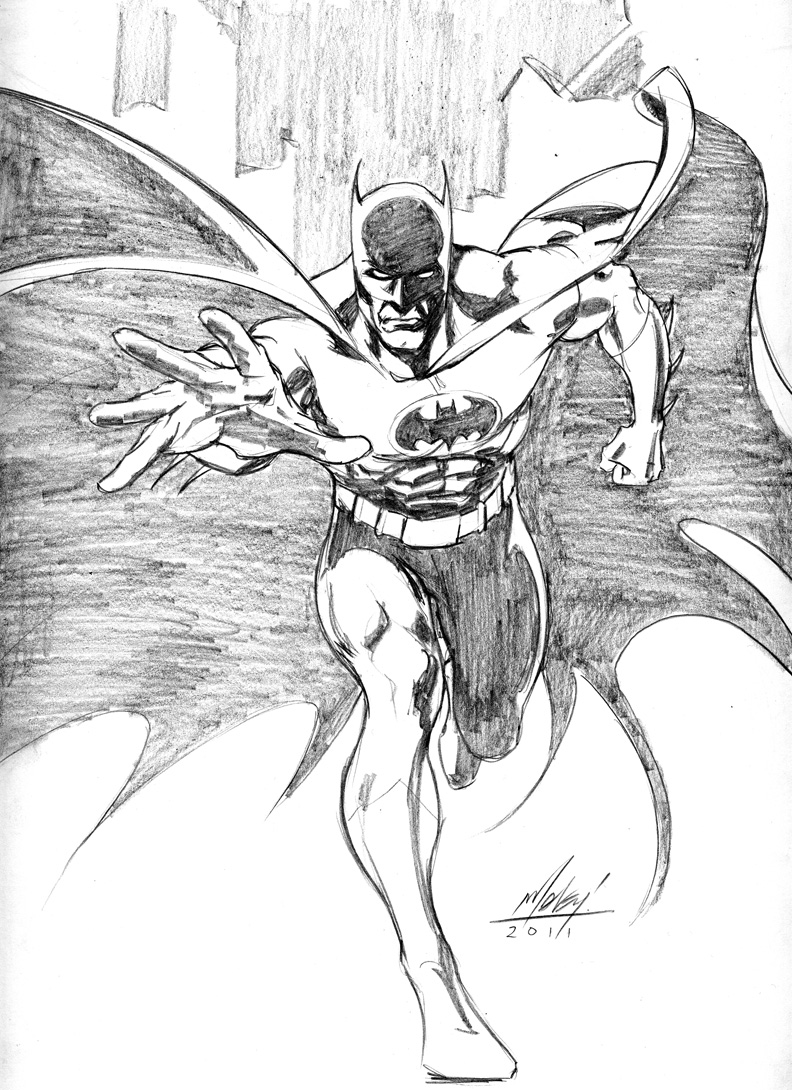
What misconceptions do people often have about your job?
Oh, there’s a lot of “Wow, you work at home, that must be so cool” and “You work with Stan Lee, you must be famous.” I’ve been a freelance artist my entire career, so I don’t really have a conception of what a “regular office job” is like. I was the one who saw Office Space and didn’t get the jokes. That said, I am probably very spoiled and wouldn’t last five minutes in a more traditional profession.
People seem to think comic artists are rich; this could not be further from the truth! Hand-to-mouth, usually, but I wouldn’t trade it for anything. Artists are extremely lucky and have a lot of freedom, and it’s nice to not have to wake up to an alarm every morning! My commute is about fifteen feet, and I can work in my robe.
What are your average work hours?
It used to be “work until I dropped, every day” but as I get older I have worked hard to work less hard, if that makes any sense. I work for about twelve hours a day but that’s not all drawing. Some of it is writing on the various projects I have cooking. It’s important to work on ones’ own creations or you can become terribly dull artistically. I work six days a week and try to take one day off. Daily yoga really helps to keep me sane and saves the back.
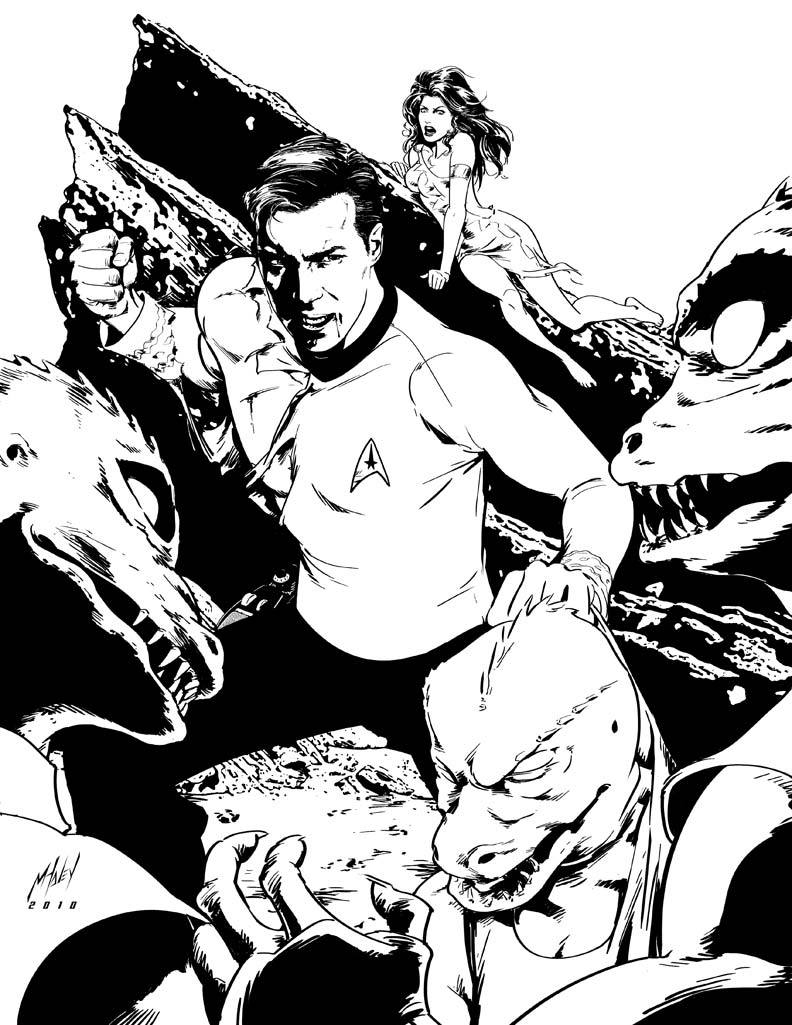
What personal tips and shortcuts have made your job easier?
Going digital. I started working in Photoshop and Illustrator back in 1999, but I try to keep a hand in traditional art materials so I don’t lose that facility. Learning to run my business like a business has helped immeasurably, and being realistic about the time it can take to generate a piece of art so I don’t bust the deadline. Also, just trusting myself more, trusting that I have the knowledge and experience to successfully complete the piece of art, even if I have no idea how I’ll approach it at the beginning!
What’s the worst part of the job and how do you deal with it?
The lack of regular pay cheques. A lot of artists try to have multiple income streams, selling t-shirts ( like this fun Sherlock/Star Trek mashup I did that Wil Wheaton reblogged) and sketches at conventions, (like this poster I was invited to create for the iam8bit Gallery in Los Angeles) taking on private commissions, etc., but I won’t lie — it’s rough.
Additionally, resisting the urge to snack, since one can crave stimulation while working. I stick to nuts and dried fruits and tea, but there’s the occasional Ritter Sport bar. Mmmm, Ritter Sport.
What’s the most enjoyable part of the job?
The actual drawing. Uninterrupted hours and hours of creation. Watching any movie I want while working. Staring at a finished page or piece and knowing you nailed it. I used to refer to having difficulty with a piece as “wrestling with the angel,” but these days the art seems to flow pretty smoothly.
Do you have any advice for people who need to enlist your services?
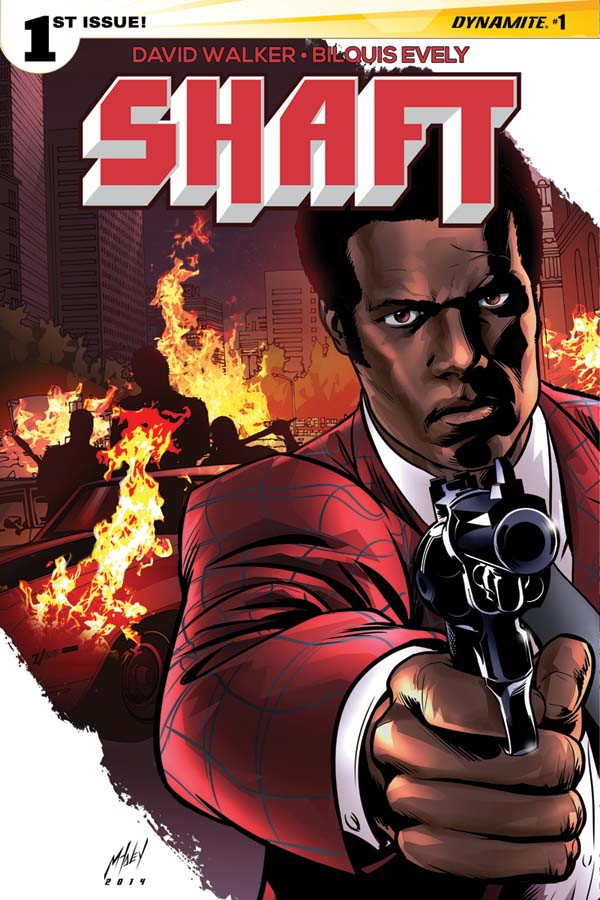
Yes, they can visit my site and send me a message through the contact form! I’ve been doing this long enough that I can usually figure out what a prospective client is looking for during the initial consult. You’d be surprised how many people would love to commission an artist but think it’s complicated or the artist will be flighty or hard to deal with, and truth is, we’re just regular folks who can draw well.
I’d add that most people have no idea what goes into creating art and may not understand that it is how we earn our living. Too many times people will get in touch and ask an artist to draw something for free, with lines like “You love to draw, you should do this for the exposure” or “you can bang it out over the weekend, can’t you?” to which I’ll usually ask them if they ask their lawyer or plumber to work for free as well. People are well-meaning, I think they just may not know how to respect the craft because it’s a fairly specialised field.
What kind of money can one expect to make at your job?
There’s no standard. I have rates that I quote based on my experience and my past client list, but there’s no starting salary per se; it’s whatever the market will bear, you know? A comic artist working for the Big Two (Marvel and DC) can expect to make $US100-$US200 or more per pencilled page, and around $US75-150 for inks, the smaller publishers tend to pay around half that or so. These are just general figures. If one can bang out a page or two per day, you can probably make $US40,000 to 50,000 a year, just generating art. The real money lies in creating intellectual properties that can earn money for you but that’s kind of like playing the lottery, in a way. Many artists have spouses who may support their endeavours, and it’s probably pretty difficult to support a family solely on one’s art, depending on where you’re at in your career. I have no kids so it’s a little easier for me to keep doing art for a living.
How do you move up in your field?
That’s the big question, isn’t it? Nobody knows. Especially in comics, one is at the whim of the editor hiring you, the marketing department selling you, the buying public (hopefully) liking what you do and buying more of it. A lot of “name” artists today got in the business around the same time I did and benefited from the comics speculators market before it crashed, and thus are known quantities from those days. These days in comics it’s very much about the writer; the artist can be seen as interchangeable to some marketing folks perhaps, I don’t know. Me, I just kept doing it and diversified into art direction for television, creating comic-styled art for enterprise (a big part of my business these days), storyboards for games, poster illustration, etc. The great thing about starting ones’ artistic training as a comic artist is that it’s the perfect training ground for almost every other artistic discipline. “Moving up” can largely be about luck. I think it’s more about “not giving up.”
What do your clients under/over value?
Clients tend to overvalue their own artistic and creative knowledge and undervalue the artist’s. They don’t mean to, but art isn’t really valued in our culture like playing pro sports or flying an aeroplane. Everybody thinks they can draw and write well so there have been times when a prospective client tries to micromanage the process, and there are ways of dealing with that so the client gets what they need and I don’t get a migraine!
What advice would you give to those aspiring to join your profession?
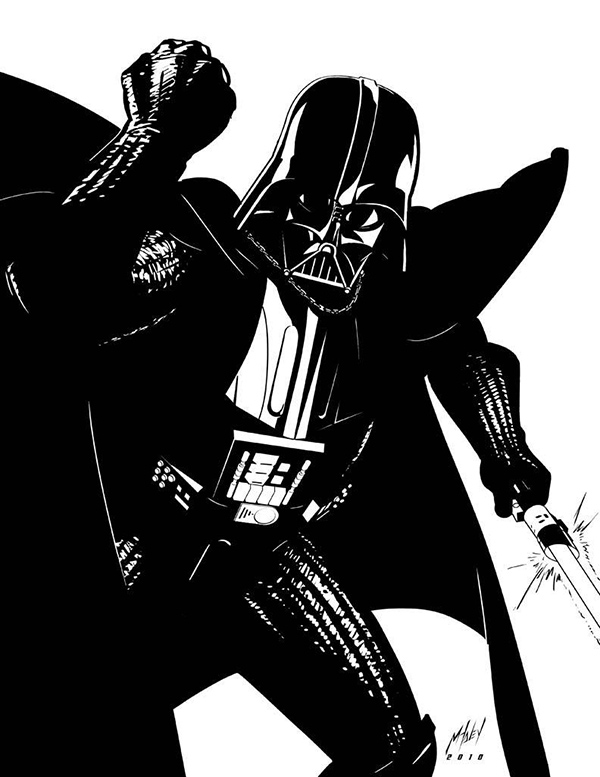
Don’t give up, but realise you may make a lot of life sacrifices to do this. It’s not for everyone. I’d tell prospective comic artists to start their own online comic and grow an audience from there. Too many artists think they can walk in and start drawing Spider-Man but there are only so many comics that need drawing. It’s a ridiculously competitive field, and it’s not always a meritocracy. Submit your work to smaller publishers, knock ’em dead there and see if the larger companies take notice of you. Creator-owned comics are big these days and people can make a decent living doing their own. Something I may finally do in the near future, we’ll see. But really, don’t give up, no matter how rough it gets. For the right person being a professional artist can be incredibly rewarding!
Career Spotlight is an interview series on Lifehacker that focuses on regular people and the jobs you might not hear much about — from doctors to plumbers to aerospace engineers and everything in between.
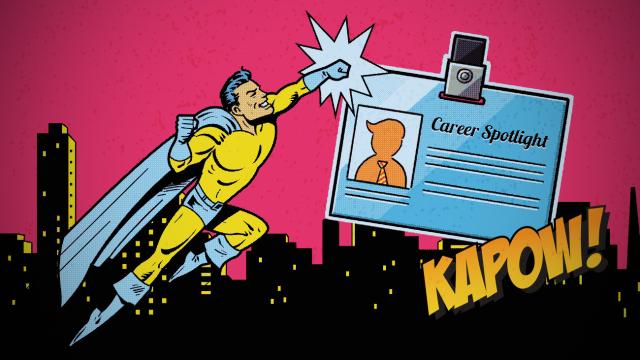
Comments
One response to “Career Spotlight: What I Do As A Comic Book Artist”
Good article, very interesting.